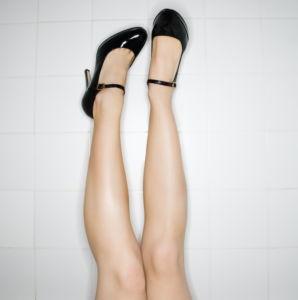 Though you can’t fight genetics the way you live has a major impact on your circulatory systems health and the resulting possibility of vein issues.
Though you can’t fight genetics the way you live has a major impact on your circulatory systems health and the resulting possibility of vein issues.
Keep Your Weight In Check
Obesity can put you at risk for a heart disease, cancer, and vein issues.
Many studies have shown a direct correlation between obesity and the risk for vein disease.
Carrying too much extra fat adds extra unnecessary pressure on your entire circulatory system. This is especially problematic in the pelvic region, where the veins from our legs re-enter the main body cavity. When inner hip veins are compressed it increases pressure on the valves within the upper veins of the leg, leading to the failure of those valves which results in circulatory issues in our legs aka varicose and spider veins.
Elevation is Key
Putting your legs up allows gravity to assist blood flow back to your heart. Directions: 15 minutes two to three times a day. Making sure your legs are above your heart.
Clothing
Avoid constrictive clothing, especially shoes with high heels as these could lead to vein disorders. Do not wear spanks, girdles, garters or socks that have tight elastic bands. Now, this does not mean compression hosiery. Compression socks are specifically designed to help the veins rather than hinder. Modern compression hosiery is now made out of materials and in styles that makes it fashionable and attractive for anyone to wear. Quality compression hosiery provides pressure to protect the veins in our legs and help feel better and less tired at the end of a day.
Exercise
Staying active is the best thing you can do to prevent or minimize vein problems. Muscle builds and supports the circulatory system. The act of walking naturally expands and contracts the leg muscles pumping the blood throughout our bodies. Walk more, sit less.
Smoking
Simply said? Don’t smoke. Smoking narrows the blood vessels. It is detrimental to your health and can spur on the onset of vein issues.
Hydration
Stay hydrated. Drink 1 gallon of water daily to keep your blood clean and flowing as it should.
If you start to see any hint of spider or varicose veins you will want to pay attention to the advice above. If you see it start to advance come into West Florida Vein Center in Safety Harbor, Florida serving the Tampa Bay region and have Dr. Mark Zuzga evaluate your condition so that you get the best possible results. www.westfloridaveincenter.com or call (727) 712-3233.
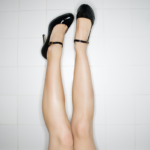
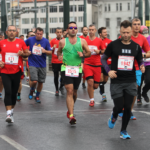
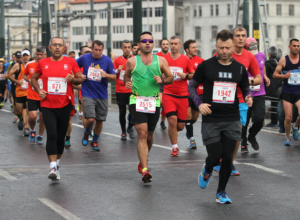 Most of us would never have thought to group the words “Athlete” and “Compression stockings” into one sentence let alone suggest that they might be a good idea to wear during athletic activities. After all, aren’t compression stockings just for little old ladies?
Most of us would never have thought to group the words “Athlete” and “Compression stockings” into one sentence let alone suggest that they might be a good idea to wear during athletic activities. After all, aren’t compression stockings just for little old ladies?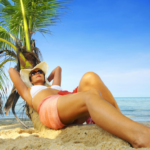
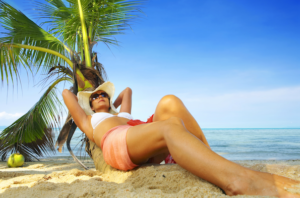 It’s a fact that as we age our bodies do change. wrinkles and creases may begin to appear, skin loosens, our hair may grey. But what about varicose and spider veins? Many may consider it as well a badge of ageing, but the truth is that spider veins and varicose veins are not simply normal effects of time. They are the result of venous insufficiency. Vein Disease.
It’s a fact that as we age our bodies do change. wrinkles and creases may begin to appear, skin loosens, our hair may grey. But what about varicose and spider veins? Many may consider it as well a badge of ageing, but the truth is that spider veins and varicose veins are not simply normal effects of time. They are the result of venous insufficiency. Vein Disease.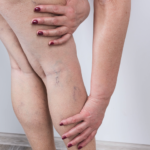
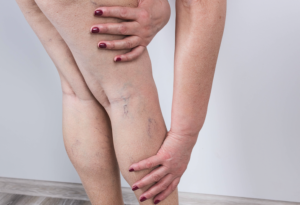 There are several different treatment options for spider veins. The one that stands out is sclerotherapy because it has stood the test of time and remains a top picked favorite of Vein Specialists as well as satisfied patients.
There are several different treatment options for spider veins. The one that stands out is sclerotherapy because it has stood the test of time and remains a top picked favorite of Vein Specialists as well as satisfied patients.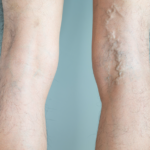
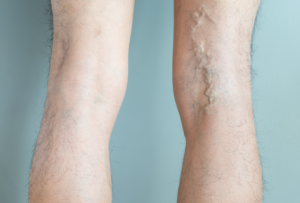 Varicose veins are an issue that most people never talk about.
Varicose veins are an issue that most people never talk about.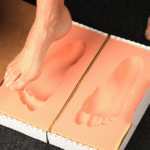
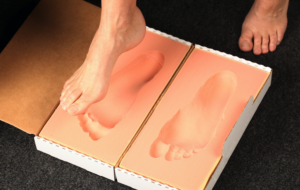 If you live in pain with venous insufficiency issues such as varicose veins you are likely willing to try just about anything to get relief.
If you live in pain with venous insufficiency issues such as varicose veins you are likely willing to try just about anything to get relief.
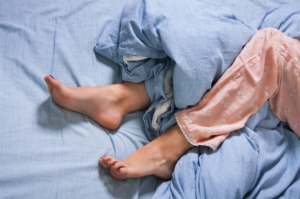 You are just about asleep and – zap. You feel an electrical impulse shoot through your leg causing it to jerk you awake.
You are just about asleep and – zap. You feel an electrical impulse shoot through your leg causing it to jerk you awake.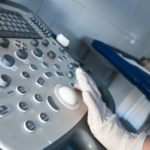
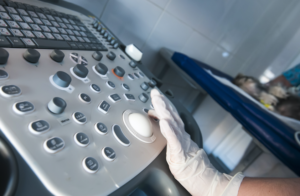 Are you experiencing symptoms?
Are you experiencing symptoms?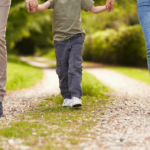
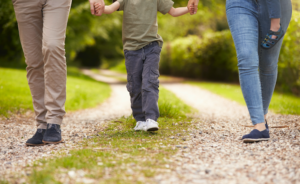 The aches and pains of daily life seem to increase as we age.
The aches and pains of daily life seem to increase as we age.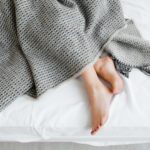
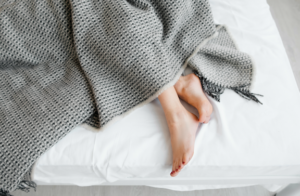 When you try and lay down at night to fall asleep do your legs start moving and twitching involuntarily? This is what is known as Restless Leg Syndrome. It can range from uncomfortable to incredibly annoying, even painful and lead to insomnia, which in turn can bring about other lack of sleep related health problems.
When you try and lay down at night to fall asleep do your legs start moving and twitching involuntarily? This is what is known as Restless Leg Syndrome. It can range from uncomfortable to incredibly annoying, even painful and lead to insomnia, which in turn can bring about other lack of sleep related health problems.